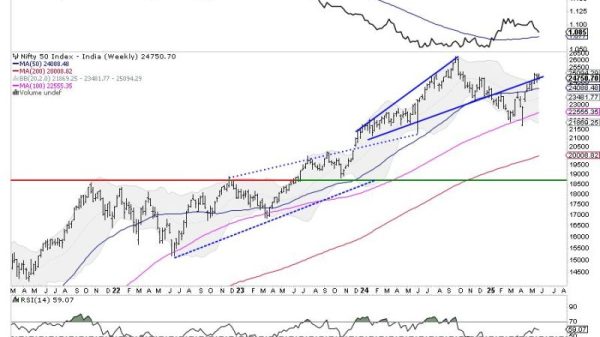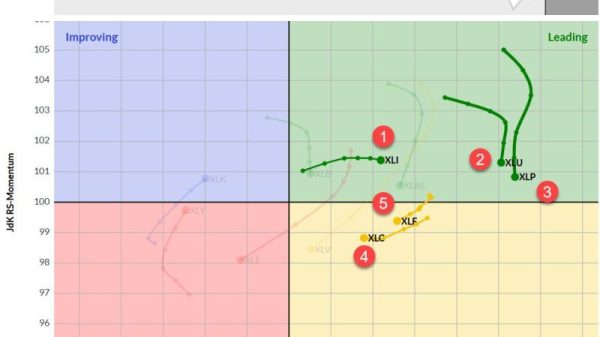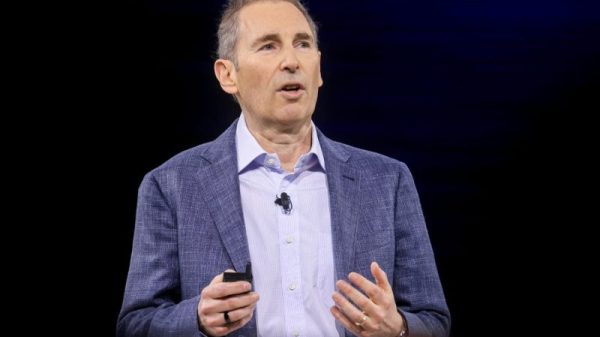The Bank of England’s decision to cut interest rates from 4.5% to 4.25% is welcome news for mortgage holders and homebuyers, but less so for savers. The move, the fourth cut since August, comes amid global economic uncertainty, including concerns over Donald Trump’s trade tariffs, and easing inflation.
The Bank’s Monetary Policy Committee voted narrowly to reduce the base rate, with five in favour, including Governor Andrew Bailey, and four against — two wanting no change, and two favouring a steeper cut to 4%.
Here’s what the rate change means for mortgages, savings, and annuities.
Mortgage borrowers: variable-rate relief and stable fixed deals
The rate cut is good news for the 1.13 million homeowners on variable-rate (SVR) mortgages and the 591,000 on tracker deals. Those with tracker mortgages, which move directly with the base rate, will see an immediate reduction in their monthly repayments, likely by next month.
UK Finance estimates the average tracker mortgage holder will save around £29 a month, while those on SVRs — where lenders have more discretion — could save about £14, based on an average balance of £66,500.
Fixed-rate mortgage holders won’t see immediate savings, but they’ve already benefited from months of falling rates. The cheapest two-year fixed deal for homebuyers is currently 3.79% from Lloyds (for Club Lloyds customers), while Halifax offers 3.87% for remortgages — both significantly lower than December’s cheapest rate of 4.22%.
“Today’s rate cut was widely expected and had already been priced into fixed deals,” said Martin Temple of Leeds Building Society. “Unless the Bank had made a surprise 0.5-point cut or signalled faster rate reductions, we’re unlikely to see a further drop in fixed rates right away.”
The Financial Conduct Authority says around 1.21 million fixed-rate deals will expire in 2025. Borrowers whose deals end within the next four to six months can lock in a rate now and switch later if cheaper options emerge.
Savers: brace for falling returns
While borrowers celebrate, savers will lose out. Lower interest rates reduce the amount banks earn on deposits, leading to less attractive savings rates.
Easy-access accounts — which have stayed relatively stable — are expected to dip. The top rate is currently 4.76% from the Chip app (Bank rate -1% + 1.2% bonus for 12 months). For easy-access ISAs, the top rate is 5.06% from Plum (including a 1.52% bonus).
Fixed-rate savings have already started to fall. The top one-year bond now pays 4.55% (Cynergy Bank), down from 4.65% last month. The top one-year ISA is at 4.26% (OakNorth), down from 4.35%. Over two years, the top bond is at 4.48% (JN Bank), and the top ISA is at 4.19% (Cynergy Bank).
“More top rates will likely fall, so it’s worth locking in now if you don’t need access to your cash,” said Anna Bowes from The Private Office. “And always keep an eye on your variable rate — don’t let it become uncompetitive.”
Retirees: watch annuity rates
Those approaching retirement may want to pay attention to annuity rates, which are tied to long-term interest rates and government bond yields. These products offer guaranteed lifetime income and have been at record highs.
A 60-year-old with a £100,000 pension pot can currently secure an annuity paying £7,134 a year, while a 75-year-old could receive £9,725, according to Hargreaves Lansdown.
“Further rate cuts may cause annuity incomes to drift down,” said Helen Morrissey, of Hargreaves Lansdown. “But for now, they continue to offer strong value for those seeking a guaranteed income in retirement.”
What’s next?
Markets had already priced in this week’s move, with expectations for the base rate to fall to 3.25% by year-end. However, more aggressive cuts could be on the table if inflation continues to drop or the economic outlook deteriorates further.
For now, the message is clear: borrowers win, savers lose — and anyone with a fixed-rate product, whether mortgage or savings, would be wise to keep a close eye on market trends in the months ahead.
Read more:
What the Bank of England’s interest rate cut means for your mortgage – and your savings



























